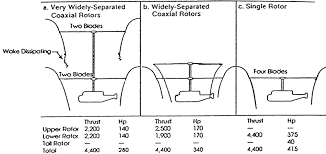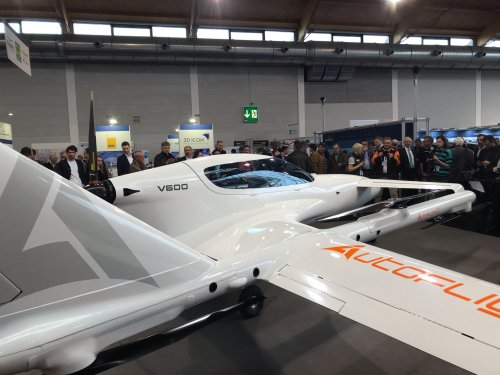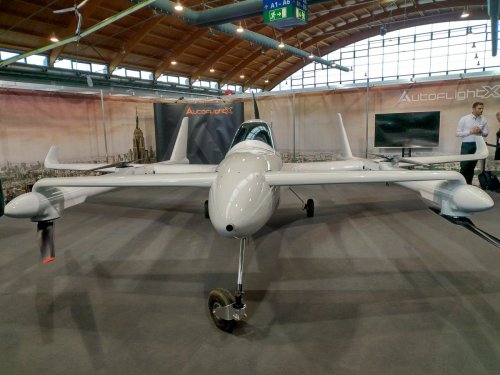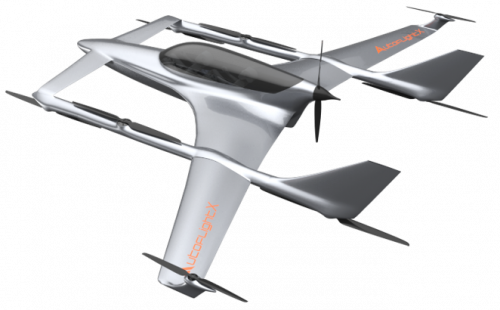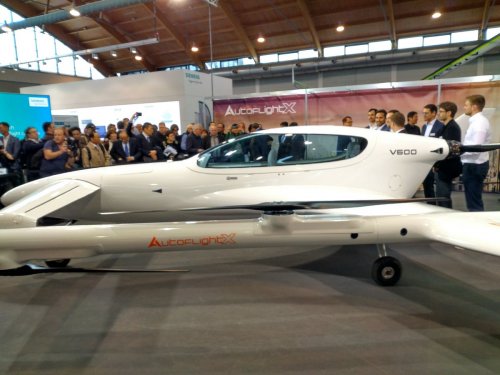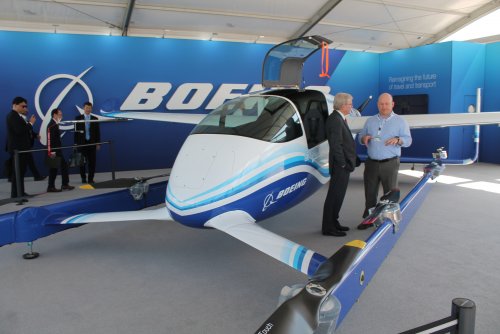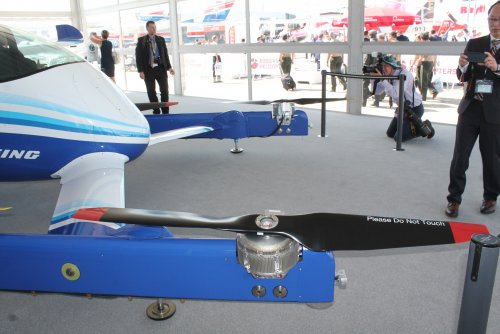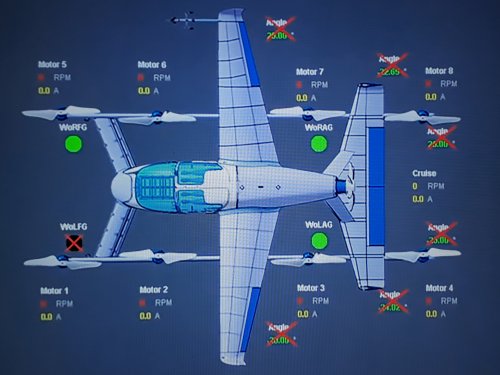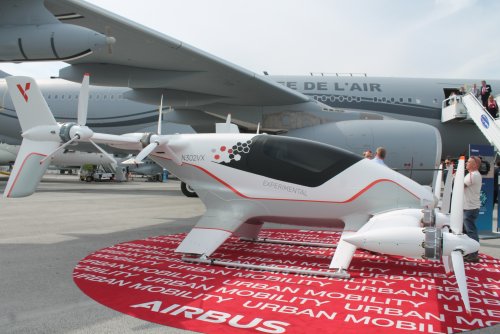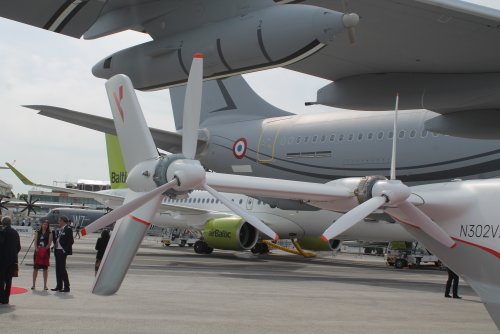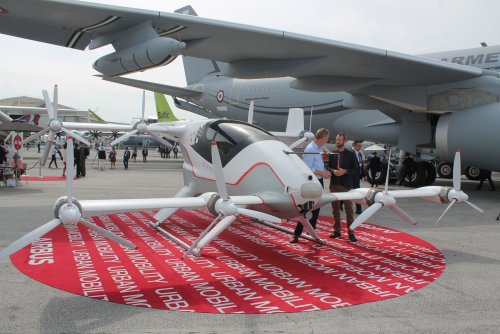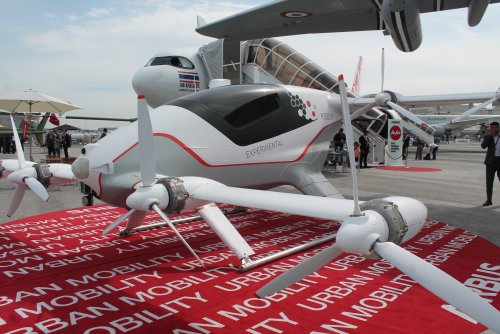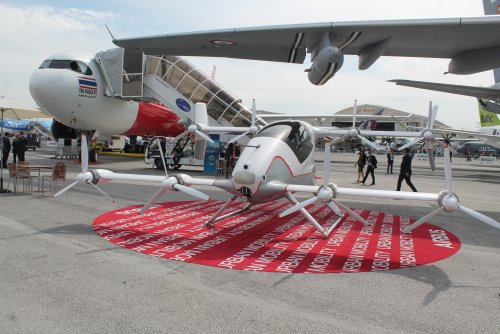Behind the somewhat underwhelming, drama-free demonstration lies a bigger ambition: Japan’s government wants the country to become a leader in flying cars after missing out on advancements in technology such as electric cars and ride- hailing services.
The country’s technological road map calls for shipping goods by flying cars by around 2023 and letting people ride in flying cars in cities by the 2030s.
“Japan is a densely populated country, and that means flying cars could greatly alleviate the burden on road traffic,” said Kouji Okada, a leader of the project at NEC.
“We are positioning ourselves as an enabler for air mobility, providing location data and building communications infrastructure for flying cars.”
For the past few years, Japan has seen the emergence of a small, passionate flying car community that believes Japan has the engineering expertise and right environment to foster a global flying car industry. Venture capitalists in the country set up a specialized fund, known as the Drone Fund, devoted to investing in autonomous aircraft in general and flying car businesses in particular.
Although the demo is among the first by a major Japanese corporation, NEC isn’t planning to mass-produce the flying car, according to Okada. Instead, project partner Cartivator will start mass producing the transportation machine in 2026, according to the startup’s co-founder, Tomohiro Fukuzawa.
 must be horrible inefficient, either in hover or cruise flight (fixed pitch). Most likely the reason "the jet" cannot cruise much faster than a modern helicopter.
must be horrible inefficient, either in hover or cruise flight (fixed pitch). Most likely the reason "the jet" cannot cruise much faster than a modern helicopter.

